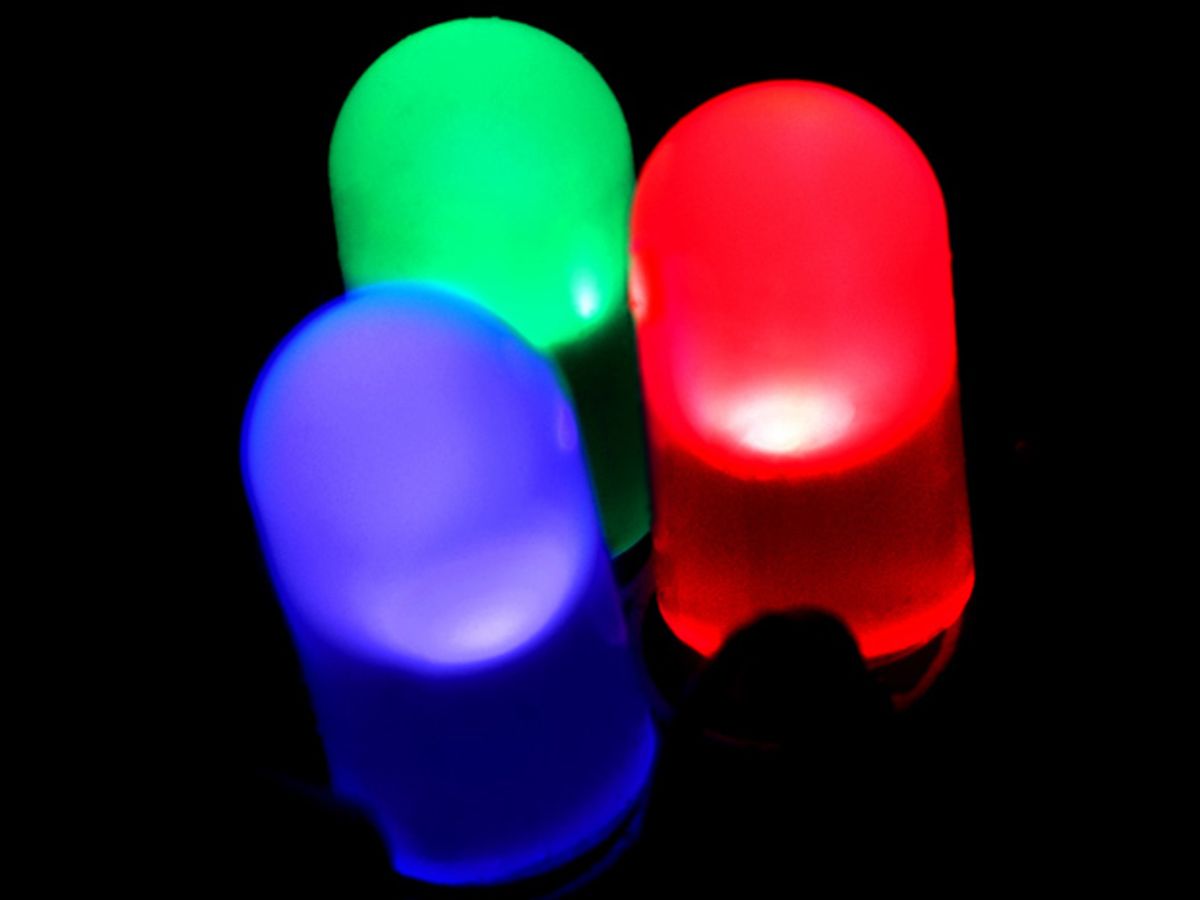Because lasers are fast—their transmission rate can reach 50 gigahertz—they are widely used for data transmission. Now researchers from the University of California at Berkeley and Bell Labs, Alcatel Lucent at Homdel in New Jersey have shown that by equipping light-emitting diodes (LEDs) with tiny antennae, they will be able to match and even surpass transmission speeds of semiconductor lasers, which would be especially useful over short distances.
“If we push optical interconnects down to chip-scale, then we would want two things: First, the light source should be small physically, comparable to transistors, and secondly, they should be energy efficient,” says Ming Wu, who with Eli Yablonovitch, both at Berkeley, led the research team. They published this research in the February 10 issue of the Proceedings of the National Academy of Sciences.
Unlike lasers that produce intense focused beams of coherent photons by a process called “stimulated emission,” first seen in 1960, LEDs produce light by “spontaneous emission,” the ordinary light we see around us all the time.
“Currently lasers operate at a speed of about 50 GHz, while for a LED without any modification it is about 250 MHz. So if we can speed up our LED by 200 times, the speed will be comparable to the laser,” says Wu.
However, according to their computations, LEDs equipped with antennae will be much faster than lasers. “We developed an antenna model that showed a practical limit for accelerating spontaneous emission is about 2000 times, which means that we should be able to make LEDs that can switch on and off ten times faster than semiconductor lasers,” says Wu.
Fundamentally an optical antenna functions similarly to an antenna for a normal radio transmitter. To efficiently transmit a radio signal from a transmitter you need an antenna with a length of about half the wavelength of the transmitted radiation. The same is true for light. Because the light-emitting volume, such as in a molecule or nano-ridge, is much smaller than the wavelength of light, the researchers reasoned that the molecule requires an external antenna that is comparable in size to about half the wavelength of the light (which in their experiments centered on 1450 nm).
For demonstrating the higher speed light emission the researchers placed an InGaAsP light-emitting nano-ridge in a 40nm gap between two arms of a tiny gold dipole antenna. They experimented with different antenna lengths and with a 400 nm antenna they could measure an emission speedup of 115 times faster than normal spontaneous emission. (Note: In fact they measured a speedup of 35x, but the optically generated carriers are partially lost before diffusing to the area underneath the antenna, and after corrections they obtained the figure of 115x).
Most of the next steps will focus on making these devices practical. First, the LED used in the experiments was excited optically.
“Ultimately, for these LEDs to be used in interconnect or short-distance communication we will have to modulate light by electrical currents. We are currently introducing electrical biasing circuits into the device,” says Wu.
Also more elaborate antennae, such as Yagi-Uda antennae are on the books. “We can borrow everything that has previously been demonstrated before for microwave or radio frequencies; indeed we have used a Yagi-Uda antenna to direct the LED light into a waveguide,” says lead author Michael Eggleston at Berkeley.



